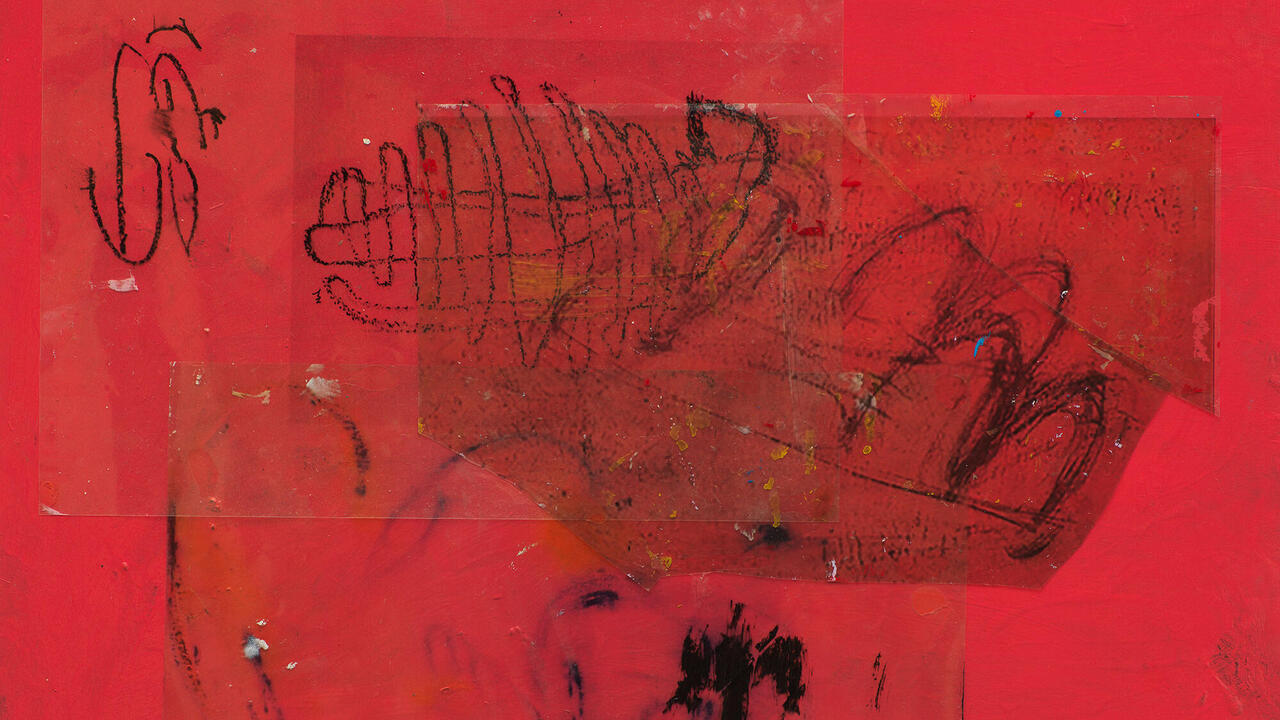Montreal Biennale
The Montreal Biennale was split into five sections, including 'A Digital Approach To Architecture', websites, and seven nights of film. The other two sections, 'C'est La Vie', and 'Les Capteurs de Rêves', curated by Biennale director Claude Gosselin, presented a range of media, with an emphasis on photography, video and installation. 'Les Capteurs...' was the largest section, and was distributed across several sites.
Representing 15 countries and with about half the artists from Canada, the exhibitions avoided the familiar checklist of stars, but presented only a few works that were controversial or compelling. With 'Poetry, Humour and the Everyday' as the thematic backdrop, all bases seemed safely covered, except perhaps the possibility that art might challenge and provoke. It could be said that a non-spectacular quality is inherent in the everyday, but I still wanted to see works that make the mundane resonate.
Of course there were exceptions. Tracey Emin's Cunt Vernacular (1997) was presented next to five other large-scale video installations at the Musée Juste Pour Rire. It took about ten minutes to watch. Although couches were provided, most viewers stood uncomfortably around the edges of the room, hooked by the raw details of Emin's autobiography but seemingly unwilling to admit it. The narrative included rape, bi-cultural identity, oppressive education and ambivalent relationships ('He tried to push me off a pier. He also saved me from drowning'). At the other extreme, viewers settled down comfortably to watch Sylvie Laliberte's Mes amis les poissons (1998). I felt impatient watching her happily paddling in water - thinking about all the ways in which 'real time' videos waste mine - until a friend explained that the script, which was in French, was not only hilarious but crucial to an understanding of the piece. My respect increased: in a perverse way, potential inaccessibility and an insistence on difference seem to me to be what Biennales ought to be about.
At Marché Le Boncours, a former indoor market, the most interesting sculpture was small. With the proliferation of large-scale video and film projections, it seems that virtual worlds loom large while actual, three-dimensional pieces shrink. Charles Le Dray's three works played with scale shifts and the diminution of matter. Orrery (1997-98) was the most resonant piece - a tiny model of the solar system carved in human bone and placed under a bell-jar.
Gilles Mihalceon's Buste (1996-98) was weird and seriously funny: a simple wooden table covered with a muslin cloth on which sat a slice of tyre like a cheese, cast in bronze and painted matt black. Jerome Fantin's Des fleurs sous les etoiles (1997) made an issue of meaninglessness - little musings in cast-off plastics, rubbers and organic detritus. In Martin Walde's installation, Squash Virus (1997), four cast models of the HIV virus in translucent purplish rubber were positioned in space by two perpendicular elastic bands. Like targets fixed in the sights of a gun, these silly looking rubber balls implied the hard hit of a squash racket and the cathartic potential of an aggressive response.
Lucy Gunning's video Climbing Around My Room (1993) featured the best of what the everyday might mean in terms of irony and play. Shown on a tiny monitor stuck high up on the wall, this piece had more impact than most of the huge photos and video projections in the adjoining rooms. Trouncing art stars from Matthew Barney to Bruce Nauman, she deftly explores the confines of her room by mapping its contours and surfaces with spider fingers and bare toes, wearing a red dress with scarlet tulle petticoat.
The works chosen for outside spaces were particularly safe. Daniel Buren's flags, Neufs couleurs au vent (1984), were initially commissioned by Gosselin in 1984. They look great, as they always do, but take no risks in their perfect mirroring of nothing and everything. Ian Hamilton Finlay's posters on kiosks around town - La revolution devrait faire pour le peuple ce que le cubisme a faire pour le couteau, la fourchette et la cuillere (1998) - reveal the gruff irony that is typical of Finlay: 'Revolution is for the people as Cubism was for the knife, the fork and the spoon'. Chen Zhen's Pied-à-terre-squatteur, no. 3 (1998) is safe to the point of disturbance - homelessness and poverty turned into an emblem, fixed and unoccupied. But why not build a structure that homeless people could actually move into and use? It's this kind of contradiction that deflates the meaning of the 'everyday' - suffocating it under a combination of privilege and powerlessness.
On the whole, however, the new Biennale is a well thought-out survival strategy for contemporary art in Montreal. With so much intelligence, energy, experience and resource gathering focused in the production of such an event - plus job creation and economic revival - it can only be a good thing for the city. And isn't this what the everyday is about?
















